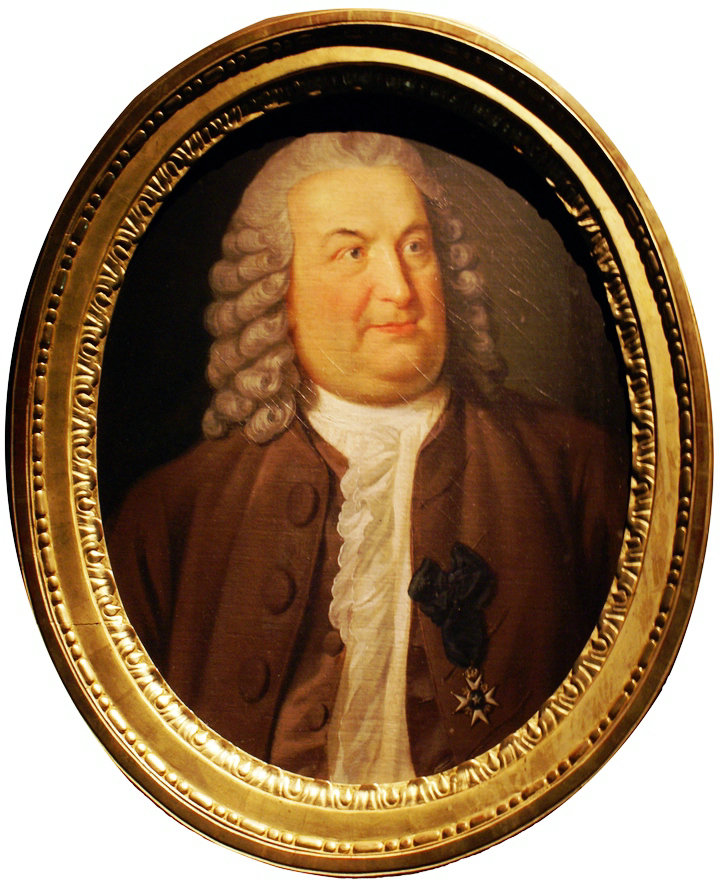Sigmund Freudenberger (Bern, 16 June 1745 -15 November 1801), was a Swiss painter and draftsman. He is considered one of the leading Kleinmeister of the golden age, he was master, among others, like Daniel Lafond, Niklas Konong and Gottfried Mind.
Sigmund Freudenberger was born in 1745 as the son of the Bernese lawyer Gottlieb Sigmund Freudenberger. He received his first artistic training with Emanuel Handmann in Bernand studied as a portraitist. Together with Adrian Zingg, he continued his education in Paris, where he became acquainted with François Boucher, Jean-Baptiste Greuze, Noël Hallé, Alexander Roslin and Johann Georg Wille.
In the following years he dedicated himself to travel: after some trips to Lausanne and St. Gallen, it was Paris who made the decision to move. During the French period, which lasted until 1773, he met François Boucher and Johann Georg Wille, whose Teutsche Zeichnung-schule began to attend. Working closely with Jacob Schmutzer, he dedicated himself to book engravings, some of which – from Scènes d’interieurs et de moeurs (1768-1772) and Bethasaron Français by Balthasar Anton Dunker (1778-1780) – they got their fame.
He then founded in a private art school in Bern and was known as “Little Master” for his genre-like depictions of rural life.
He formed the Swiss painter Franz Niklaus König (1765-1832) and was close to the banker and engraver Jean-Henri Eberts (1726-1793).
Returning to Bern went to portraits and painting of inspiration from Paris and the Swiss ambiance, married Marianne Mesmer (1776) and obtained from the government the monopoly of the sketches (1778). In 1785 he published the Premier Cahier des différents Habillements de la Ville de Berne, a collection of sketches dedicated to Bernese clothing.
The activity of recent years, focused on landscapes, was influenced by the travels in Switzerland undertaken with Johann Ludwig Aberli. At this time, she belongs to Cows at the Abode in a ruinous landscape (influenced by Boucher’s influence, Jean-Baptiste Greuze and Jean-Honoré Fragonard and today hosted by the Royal Library of Turin) and several other designs, some of which are today Preserved at the Städelsches Kunstinstitut in Frankfurt am Main.
Back in Berne, Freudenberger settled as a portraitist and genre painter in oil and pastel in the style of Lancret and Watteau. He also founded a private art academy in Berne. From 1778 onwards privileged, he moved successfully to gouacheted outline engravings with staged events from the Swiss countryside. In so doing, he was so far in the Parisian taste that he was told in the journal of luxury and fashion that he had put Boucher’s girl in the clothes of the Oberhasli.
Freudenberger, who had last had a stroke, died in 1801 in Bern.
Disguised by the French Revolution, leaving incomplete, among other things, some engravings that were later colored by Gottfried Mind.
Some of his drawings, today identified, are erotic and are highly sought after.
